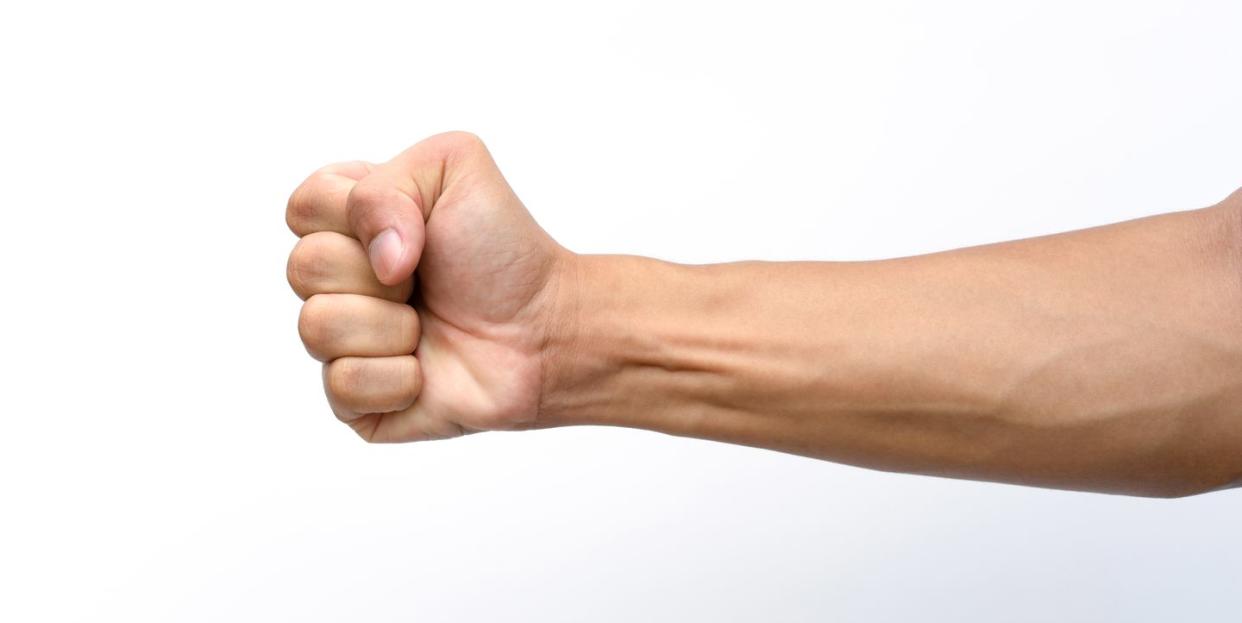Are You Missing an Arm Muscle? Try This Simple Test to Find Out

There's a sign of human evolution hidden right inside your body, and one little test could help you see it.
Jonathan Bennion, M.P.A, the co-founder and director of the Institute of Human Anatomy in Salt Lake City, Utah reveals in a video a muscle in our wrist that we often don't notice, which could be because a good number of people don't have it.
Bennion explains that most people have 20 muscles in our forearm (or antebrachium)—and all of these muscles help us twist our arms, move our wrists, wave our hands, and so much more. However, some people only have 19 muscles there, missing one that might disappear from humans forever as we evolve: the palmaris longus tendon.
Reportedly 14 percent of the human population is missing this muscle, though this may vary in Asian, Black and Native American populations.
Here's the test to see if you have the muscle or not. Gently flex your wrist and touch your pinky finger to your thumb. If the tendon over the top of the inside of your wrist is visible, you have it. If not, you likely don't. It's also perfectly normal to have it one arm but not the other.
"This palmaris longus muscle can weakly help flex the wrist," says Bennion in the video. This muscle is usually visible through the skin when we make gripping motions and according to Bennion, isn't really necessary for everyday activities. "If you don't have this muscle, you can still do all the hand and wrist movements that you would need to do without the palmaris longus."
Whether you're equipped with the muscle or not, it's good to know you're not missing out on much either way.
You Might Also Like

